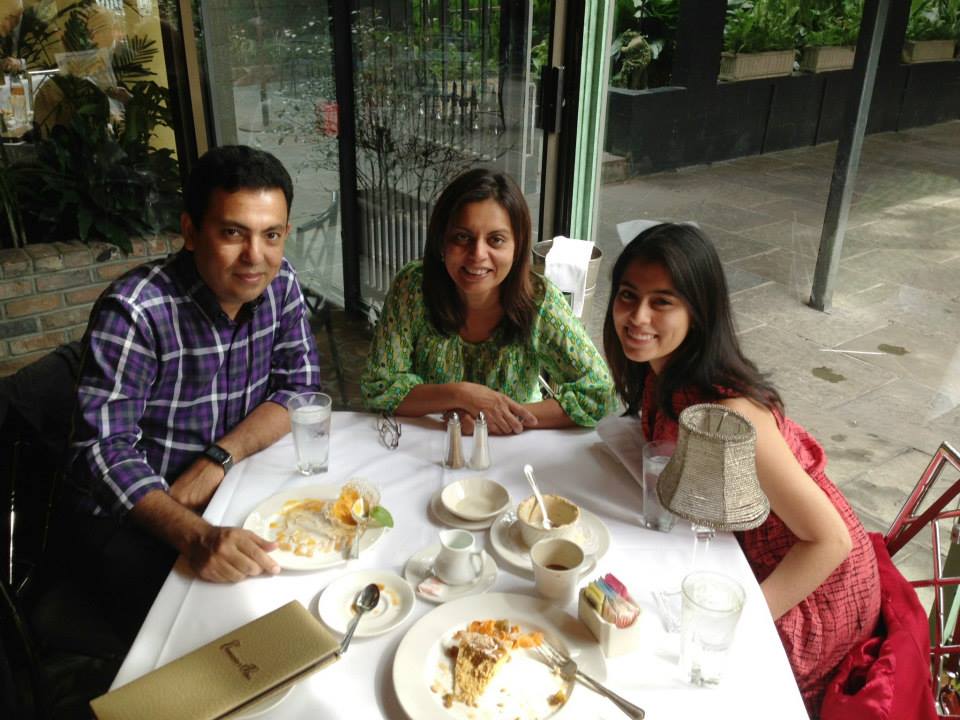Mourning Avijit Roy

It was a few yards away from where Dr. Milon had been killed. Then it had been?suspected the police were involved. This time, the police were a silent witness. Blogger and human rights activist Dr. Avijit Roy and his wife?Rafida Ahmed Banna?were returning home after visiting the Amar Ekushey Book Fair. Their ricksha was stopped, they were dragged out and Avijit was hacked to death. Banya?was severely injured and lost a finger.?
Not everyone will agree with Avijit’s viewpoint or the articles he wrote in his Mukto Mona (Free Mind) blog?(now inactive), many will dispute his analysis. That is in the nature of the human mind. But?Bangladesh they told me was a free country. Not any more.
The attack took place less than 50 yards from a police checkpost. Another 200 yards on the other side was the Shahbagh Police Station. The police presence was certainly no deterrent for the attackers.
While ?Freedom of Expression? is enshrined in Bangladesh?s constitution it is far removed from the realities of Bangladesh?s political space. A culture of intolerance, championed by both the government?and opposition parties makes any form of dissent a dangerous act. While such behavior is to be abhorred irrespective of the perpetrator, the government, by actively encouraging repressive behavior and creating an environment of complete impunity for those in power, has nurtured such behavior. This has led to a culture of fear. A few brave souls, such as blogger Avijit Roy, who had been nominated for the Best Blog in the recent BOBs award, spoke out courageously, and have paid a terrible price.
Previous attacks on bloggers have led to deaths and serious injuries. The government, rather than stemming the repression, has provided tacit support to the attackers by incarcerating the survivors. Bloggers are under immense danger in Bangladesh as a result, but a greater casualty is ?freedom of expression? itself and by extension, the very foundations that Bangladesh has been built upon.
———————————————————–
As his son would have surely wanted. Retired Professor of Physics and Ekushey Padak recipient Ajoy Roy and his family have donated Avijit’s body so it might help others.





One thought on “How many more Avijit's must we mourn?”